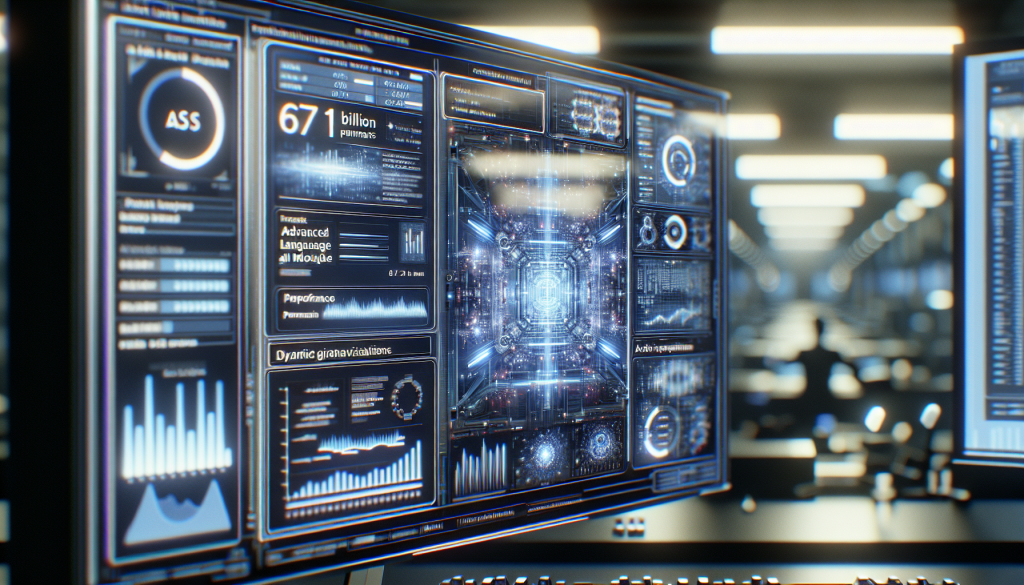
OpenAI Launches o3 Model and MIT Advances Antibody Analysis, Paving the Way for Future Innovations
Share your love
Artificial Intelligence advancements are reshaping recruitment and selection, offering tools to streamline processes. OpenAI’s o3 and models like AbMAP showcase the potential for AI-driven talent acquisition by enhancing candidate assessment through reasoning and pattern recognition. Federated computing solutions, such as Apheris’ platform, herald secure and privacy-conscious handling of sensitive recruitment data. These innovations allow HR teams to leverage multimodal AI systems for matching candidates to roles effectively, while mitigating traditional biases. However, the high computational demands of advanced AI models emphasize the need to balance accessibility and sustainability, ensuring organizations align with ethical and resource-conscious adoption strategies.
Table of Contents
- OpenAI’s o3: A Breakthrough with Trade-offs
- Key Features of OpenAI o3
- AI Cracks the Code on Antibodies
- Implications of AbMAP
- Could Federated Computing Solve the Privacy Puzzle?
- Benefits of Federated Computing
OpenAI’s o3: A Breakthrough with Trade-offs
OpenAI has unveiled o3, a powerful multimodal model that integrates vision, text, and reasoning capabilities. This innovative advancement empowers AI agents to not only mimic human speech but also simulate human-like thinking.
Key Features of OpenAI o3
- Program synthesis for adapting tasks
- Advanced reinforcement learning for deliberate reasoning
- A private chain of thought that ensures contextually rich responses
Note: While promising, it is important to note that high computational demands and energy consumption may restrict its accessibility to only the most resourceful organizations.
The message is clear: as we innovate, we must consider the balance between our technological pursuits and their impact on society.
AI Cracks the Code on Antibodies
A team from the Massachusetts Institute of Technology (MIT) has developed a model called AbMAP, which dramatically reduces the time required to analyze antibody structures from months to mere days.
Implications of AbMAP
This breakthrough holds the potential to revolutionize:
- Vaccine development
- Therapy development for diseases like cancer and autoimmune disorders
The model employs deep learning alongside advanced molecular modeling to decode patterns and predict antibody structures. Additionally, it could enhance:
- Disease-resistant crops
- Further advancements in bioengineering
Could Federated Computing Solve the Privacy Puzzle?
Apheris has launched a federated computing platform, allowing for collaboration on sensitive data across various industries while ensuring data security.
Benefits of Federated Computing
This platform enables researchers, especially in life sciences, to gain insights without breaching patient confidentiality.
- Local Data Processing: Data is processed locally, meaning only aggregated results are shared, keeping sensitive information protected.
- New Standards in Privacy: This approach could set a new standard for privacy-conscious collaboration in data-intensive sectors like finance and energy.
That’s all for today, folks! Make sure to stay updated with us as we continue to explore the fascinating world of AI. Until next time, keep your curiosity alive!















